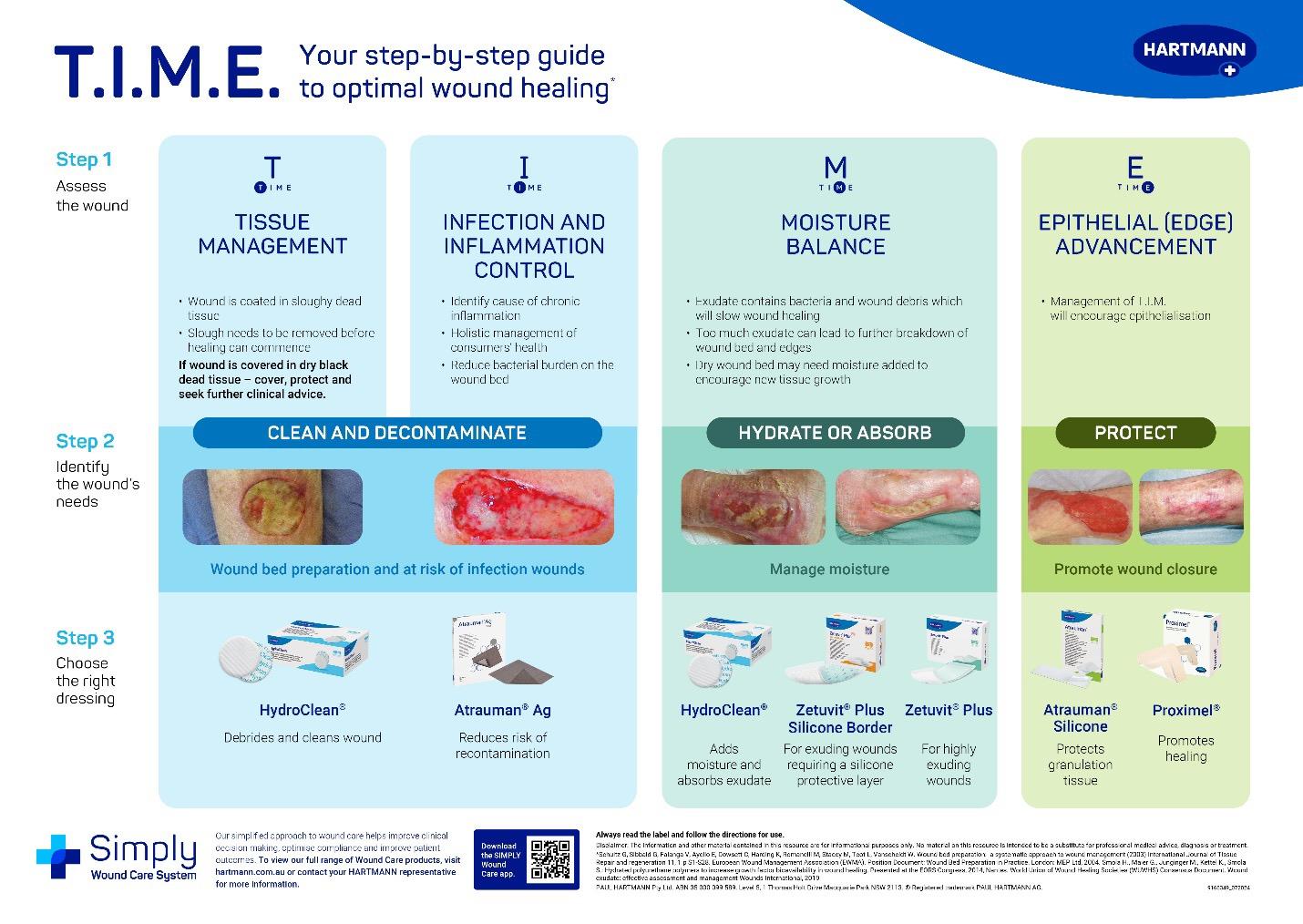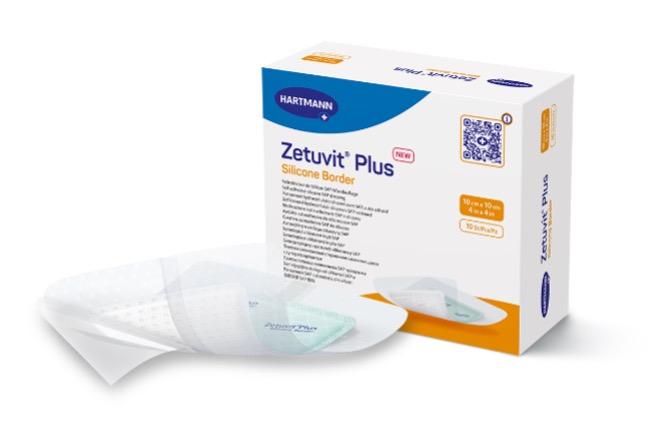
As the healthcare sector shifts towards community-based health services, it is more crucial to have a strong clinical governance, especially when it comes to wound management. Chronic wounds affect over 450,000 Australians which costs the healthcare and aged care budgets more than $6.6 billion annually.(1)
Prioritising Clinical Governance
A recent update from the Aged Care Quality and Safety Commission has highlighted opportunities to improve within the sector, particularly in relation to the Aged Care Quality Standards Quality Standards) and individual requirements where non-compliance is most common.(2) This could have implications on wound management and it is important to address common gaps, such as infrequent wound assessment and documentation(3). The Commission is working on the Strengthened Aged Care Quality Standards with an increased focus on comprehensive care and clinical safety, underpinned by effective clinical governance.(4) When it comes to wound care, some key actions under outcome 5.5 Clinical safety highlight the importance of protecting the persons skin integrity, minimising incontinence associated dermatitis, pressure injuries and wounds.(4)
Clinical governance plays a vital role to ensure the delivery of safe and high-quality services for consumers which is essential in today’s evolving healthcare landscape. Additionally, implementing a patient-centric approach is essential to effectively address the unique needs of each individual.
Supporting Wound Management and Healing
Clinical governance integrates leadership, culture, behaviors, policies, procedures, monitoring, reporting, and improvement mechanisms to ensure safe, quality clinical care for consumers. Partnering with consumers to tailor services to meet consumers individual needs and goals remain a priority of the health care sector, which is embedded into HARTMANN resources and protocols.
HARTMANN provides an educational resource to enhance professional development in wound care with LINK - a platform that offers access to a variety of learning tools including eLearning modules, webinars, and clinical documents.
Protocols play a key role in clinical governance by providing a structured framework to ensure the quality and safety of healthcare services. HARTMANN supports effective clinical governance by offering a range of protocols aligned with the standard of care, tailored for wound care products. These protocols assist healthcare providers in delivering consistent, high-quality care, ensuring best practices are followed and enhanced patient outcomes, such as T.I.M.E. which helps assess and identify the most appropriate dressings for the wound.
Dressings selection is a key part of clinical judgement and requires clinician knowledge to select the most appropriate dressing to address the wound healing environment. Advancements in dressings such as HARTMANN’s Zetuvit® Plus Silicone Border, a superabsorbent dressing with a silicone contact layer and border, that ensures secure adhesion, effortless application and gentle removal. The inner layers effectively bind and retain exudate and bacteria, while the waterproof and breathable outer backing layer protects the wound from harmful ingress. Additionally, it is soft and conformable, making it gentle on fragile skin and flexible, and stays in place for up to 7 days(*).
Content for this article was supplied by HARTMANN Group.
Always read the label and follow the directions for use.
*Depending on the condition of the wound and the clinician’s instructions.
1. Wounds Australia. 2024. Member update: Chronic Wound Consumables Scheme consumer awareness campaign.
2. Australian Government Aged Care and Quality Commission. 2024. Aged Care Quality and Safety Commission Sector performance report Quarter 3 | January - March 2024.
3. Aged Care and Quality Commission. 2024. Avoiding common wound management mistakes.
4. Department of Health and Aged Care. 2023. Strengthened Aged Care Quality Standards Final draft.
Disclaimer
This website does not provide medical advice. The information, including but not limited to, text, graphics, images, and other material contained on this website,
is for informational purposes only. No material on this site is intended to be a substitute for professional medical advice, diagnosis, or treatment.
Always seek the advice of your physician or other qualified health care provider with any questions you may have regarding a medical condition or treatment and before
undertaking a new health care regimen. Never disregard professional medical advice or delay in seeking it because of something you have read on this website.



